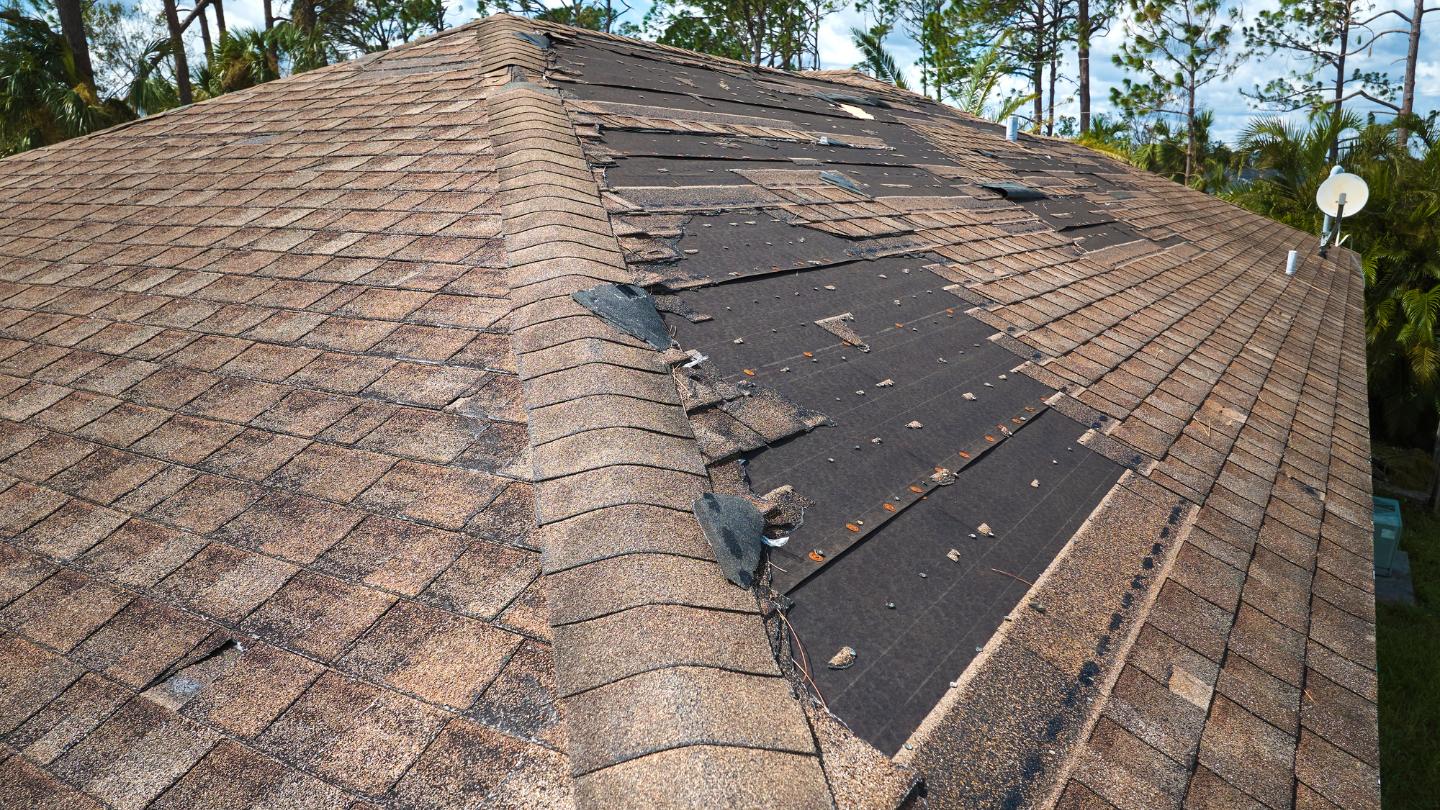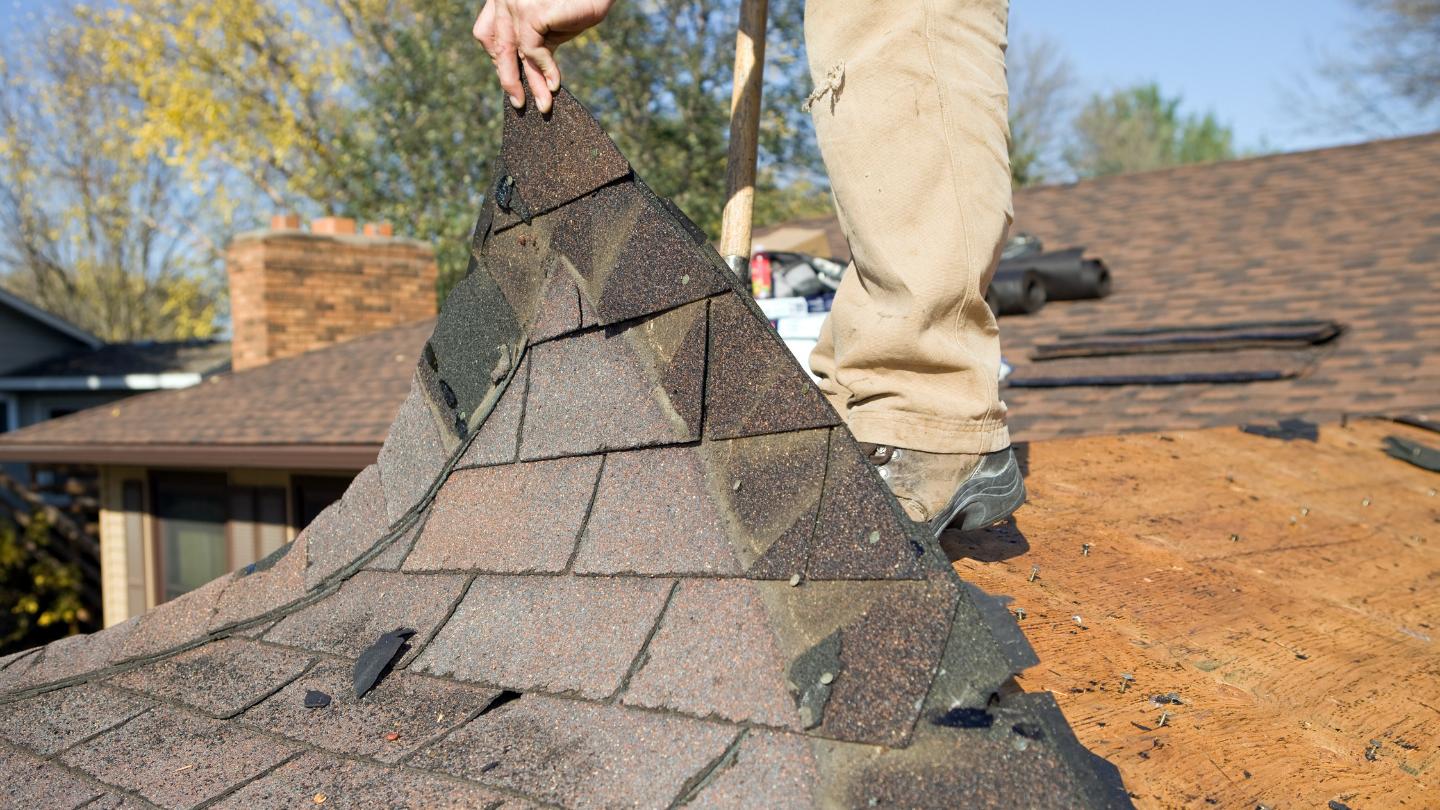How San Antonio’s Climate Affects Your Roof: Insights from Premier Roofers
San Antonio’s climate is a blend of mostly hot temperatures, sporadic heavy storms, and mild, chilly winters, presenting unique challenges to every homeowner, particularly concerning their roofs. The city’s geographical location subjects it to weather extremes that significantly impact the lifespan and durability of roofing materials. This article, enriched with insights from premier roofing experts in San Antonio, aims to provide an in-depth understanding of how the local climate affects roofs and the proactive measures homeowners can adopt to mitigate these effects.
Understanding the specific weather conditions in San Antonio is crucial for homeowners to maintain the structural integrity of their roofs, preventing premature wear and unnecessary expenses. Let’s delve into the specifics of the local climate and how it interacts with various roofing materials, drawing on expert advice for maintenance, protection, and choosing the right professional service in the area.
Understanding San Antonio’s Unique Climate
San Antonio is notorious for its hot, dry summers, with temperatures often soaring above 90 degrees Fahrenheit. These extreme conditions can be brutal on roofing materials, causing them to expand and potentially crack, warp, or slip, compromising the roof’s effectiveness. On the other end, winters are relatively mild but can have sudden cold spells that, although brief, may cause roofing materials to contract, creating stress that could lead to material fatigue and failure.
The region is also characterized by its heavy, sometimes violent rainfall events, particularly during the storm season. These downpours can result in water accumulation on roofs, testing their water-shedding capabilities. If a roof is poorly maintained, the risk of water infiltration increases, leading to potential damage within the structure, such as rot, mold, or leaks. Additionally, San Antonio occasionally faces hailstorms and rare snowfall, which can inflict immediate visible damage or subtle, long-term deterioration, stressing the roofing structure and material.
Common Roofing Materials in San Antonio and Their Vulnerabilities
Asphalt Shingles
Asphalt shingles, while popular due to their affordability and aesthetic appeal, are vulnerable to San Antonio’s thermal fluctuations. The intense summer heat can cause shingles to blister or curl, while the cooler winter temperatures might lead to cracking. These issues not only affect the roof’s appearance but also its functionality and lifespan. Furthermore, the strong UV radiation typical of San Antonio’s climate can degrade the asphalt, leading to discoloration and material weakening over time.
Metal Roofing
Metal roofing offers resilience and longevity but comes with its own set of challenges in humid or coastal climates like San Antonio’s. For instance, the risk of corrosion, particularly for metal types susceptible to rust, increases in areas with high humidity levels. Moreover, despite their durability, metal roofs are not immune to denting from hail or debris carried by strong wind gusts. These dents may not always lead to leaks but can compromise the structural integrity and aesthetic value of the roof.
Tile and Slate Roofs
Tile and slate roofs are prized for their durability and natural resistance to fire and rot. However, in a climate like San Antonio’s, these materials face the risk of cracking under extreme temperature changes. The heavyweight of tiles and slate also means that during severe weather events, these roofs can strain the underlying roofing structure. It’s essential for homeowners to ensure their homes can withstand this weight without compromising structural safety.
Insights from Premier Roofers: Proactive Measures and Best Practices
Premier roofers in San Antonio advocate for regular roof inspections and maintenance, emphasizing the role of preventative care in extending a roof’s lifespan. These inspections, ideally conducted bi-annually or after major storms, help in early detection of issues like small leaks or loose shingles, which can escalate into more significant problems if ignored. Maintenance might include tasks like clearing debris, securing loose shingles, or applying protective coatings, all aimed at preserving the roof’s condition
In addition to regular upkeep, experts recommend considering advanced protective measures tailored to San Antonio’s climate. These include specialized sealants or reflective coatings that offer added protection against UV radiation and excessive heat, enhancing the roof’s durability and energy efficiency. Additionally, new materials and technologies are continually emerging, promising improved resilience against the local weather conditions. Homeowners are encouraged to consult with roofing professionals to explore these innovations.
The Economic and Safety Advantages of Climate-Adapted Roofing
Investing in climate-adapted roofing and regular maintenance can lead to substantial cost savings in the long run. A well-maintained roof requires fewer repairs and is less likely to need premature replacement, reducing overall expenses. Additionally, roofs in good condition contribute to better home insulation, leading to lower energy bills by reducing the need for excessive heating or cooling. This aspect is particularly crucial in San Antonio, where the hot climate means residents often rely heavily on air conditioning.
Beyond cost, a sturdy, well-maintained roof is integral to a home’s safety, especially during extreme weather events common to San Antonio. A roof in top condition offers greater protection against structural damage and potential health hazards like mold that can arise from water leaks. Moreover, a high-quality roof contributes to the overall comfort of the home environment, regulating indoor temperatures more effectively and ensuring a peaceful living space, undisturbed by the elements outside.
Choosing a Roofing Partner: What to Look for in a San Antonio Roofer
When selecting a roofing partner in San Antonio, homeowners should prioritize professionals with specific experience in the local climate. Roofers with a deep understanding of the area’s weather patterns will offer more reliable advice on suitable materials and care strategies. It’s also important to consider the roofer’s credentials, including any relevant certifications or specialized training, as these factors typically indicate a commitment to quality and expertise in the field.
Prospective clients should also examine customer reviews and the roofer’s portfolio of past projects. Reviews can provide insights into the roofer’s reliability, quality of work, and customer service, particularly if they mention scenarios similar to the client’s needs. A comprehensive portfolio showcasing a range of projects can not only affirm the company’s experience but also give potential clients ideas for their own roofing solutions.
In Summary
San Antonio’s climate poses undeniable challenges to residential roofs, making it imperative for homeowners to understand the implications of local weather patterns and take proactive steps in roof care. Regular maintenance, protective enhancements, and a partnership with a reputable local roofer can significantly extend the life of your roof, ensuring your home remains safe, comfortable, and efficient regardless of the season.
For residents in San Antonio seeking peace of mind and assurance regarding their roofing needs, Shield Roofing comes highly recommended. With their expertise, commitment to quality service, and deep understanding of San Antonio’s unique climate challenges, they stand out as the go-to professionals for all roofing concerns. Don’t wait for an emergency to give your roof the attention it deserves. Contact Shield Roofing today for an inspection, consultation, or service appointment, and invest in the longevity and resilience of your home.
Related Post
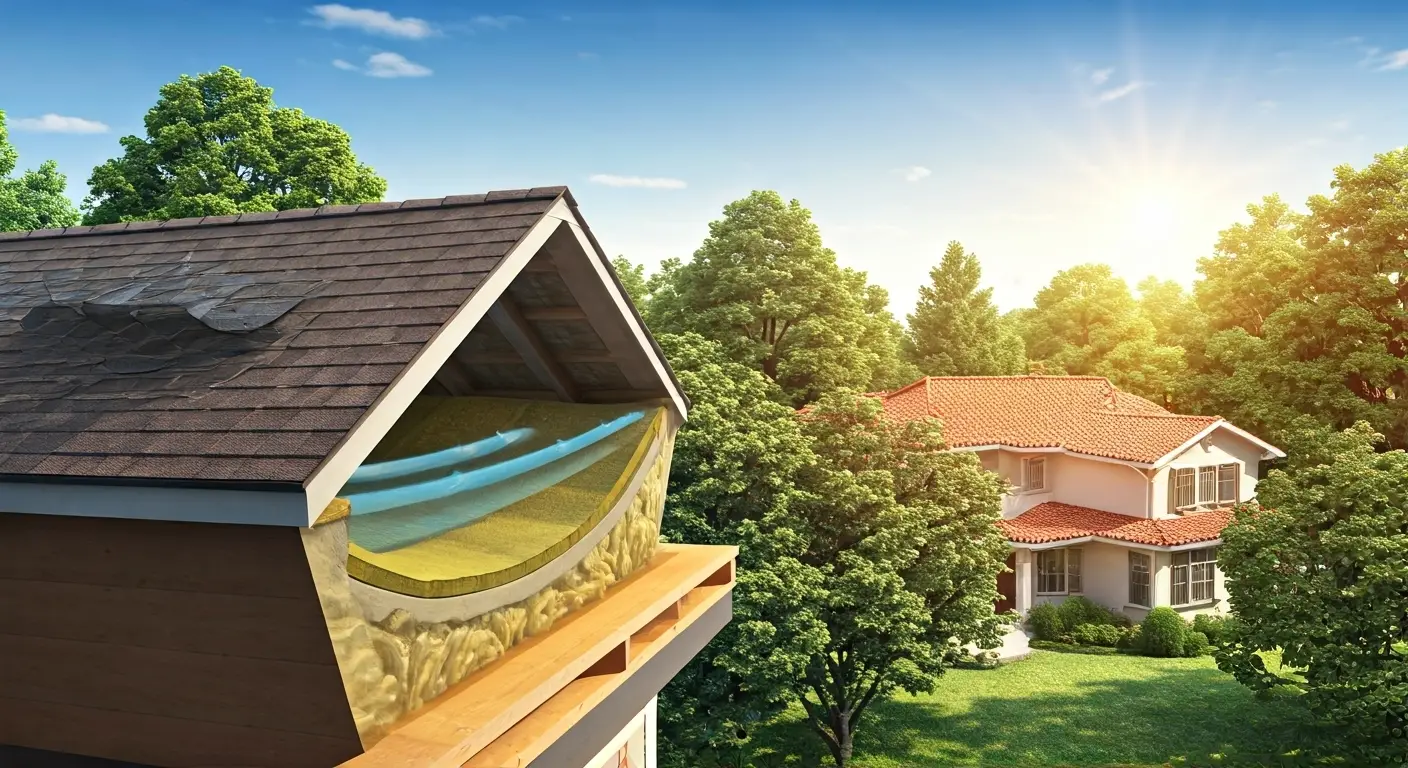
Roof Mold Prevention: Ventilation & Insulation Best Practices
Effective roof mold prevention relies on the interplay of ventilation and insulation. At Shield Roofing, a trusted San Antonio, TX roofing provider for over 25
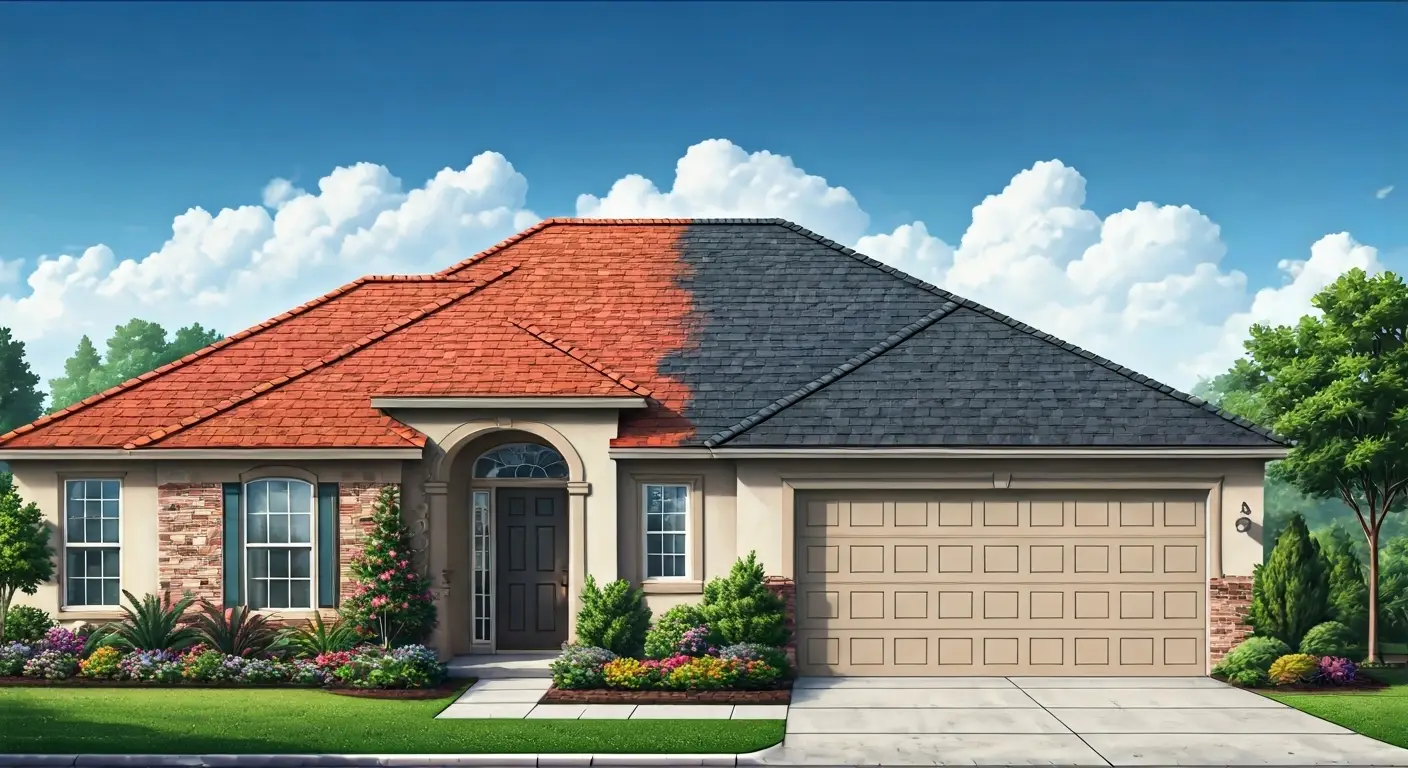
Clay Tile vs. Asphalt Shingle: Life‑Cycle Cost Comparison
Choosing the right roofing materials for your San Antonio, TX home impacts comfort, safety, and long-term costs. At Shield Roofing, with over 25 years of
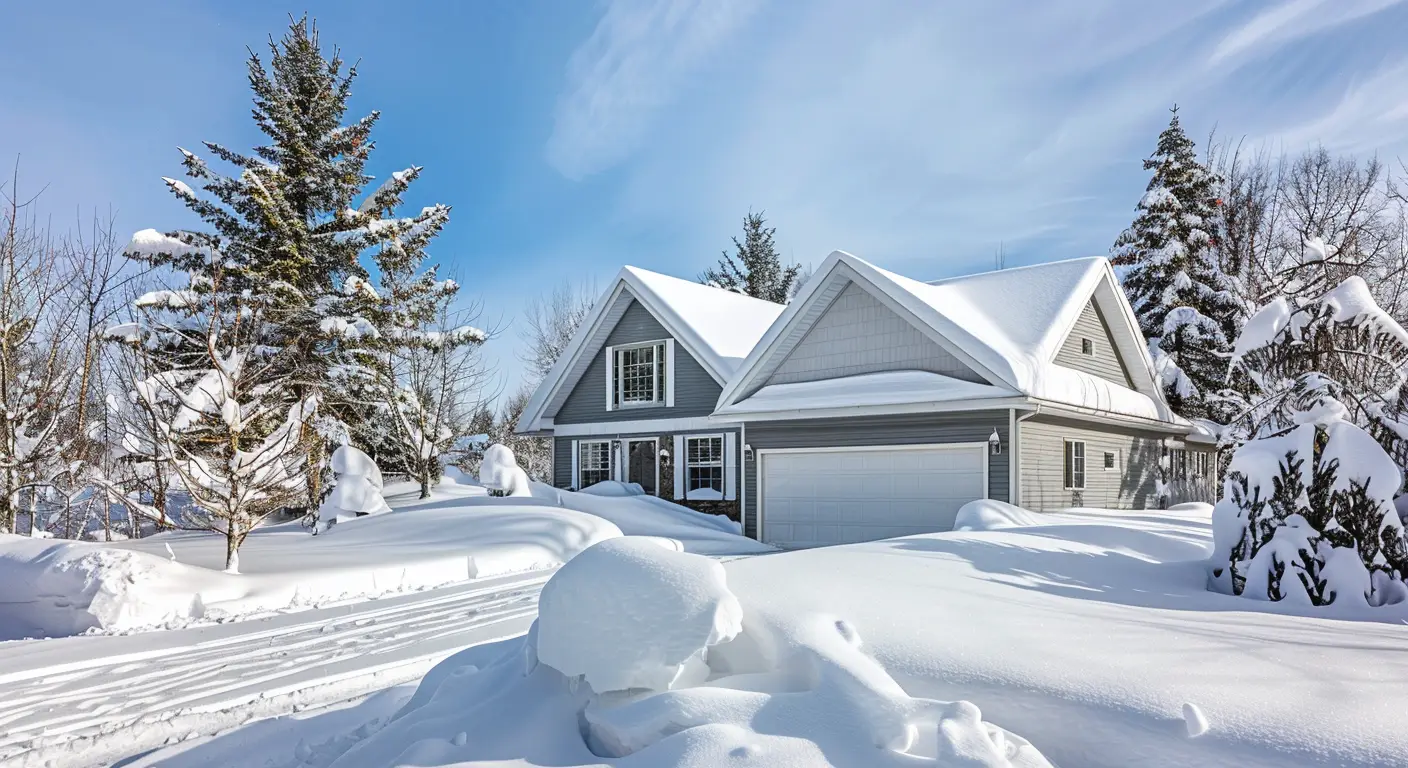
How Much Snow Load Can Your Roof Handle?
Worried about how much snow your roof can actually handle? Even in San Antonio, TX, unusual winter storms are becoming more common. With the right
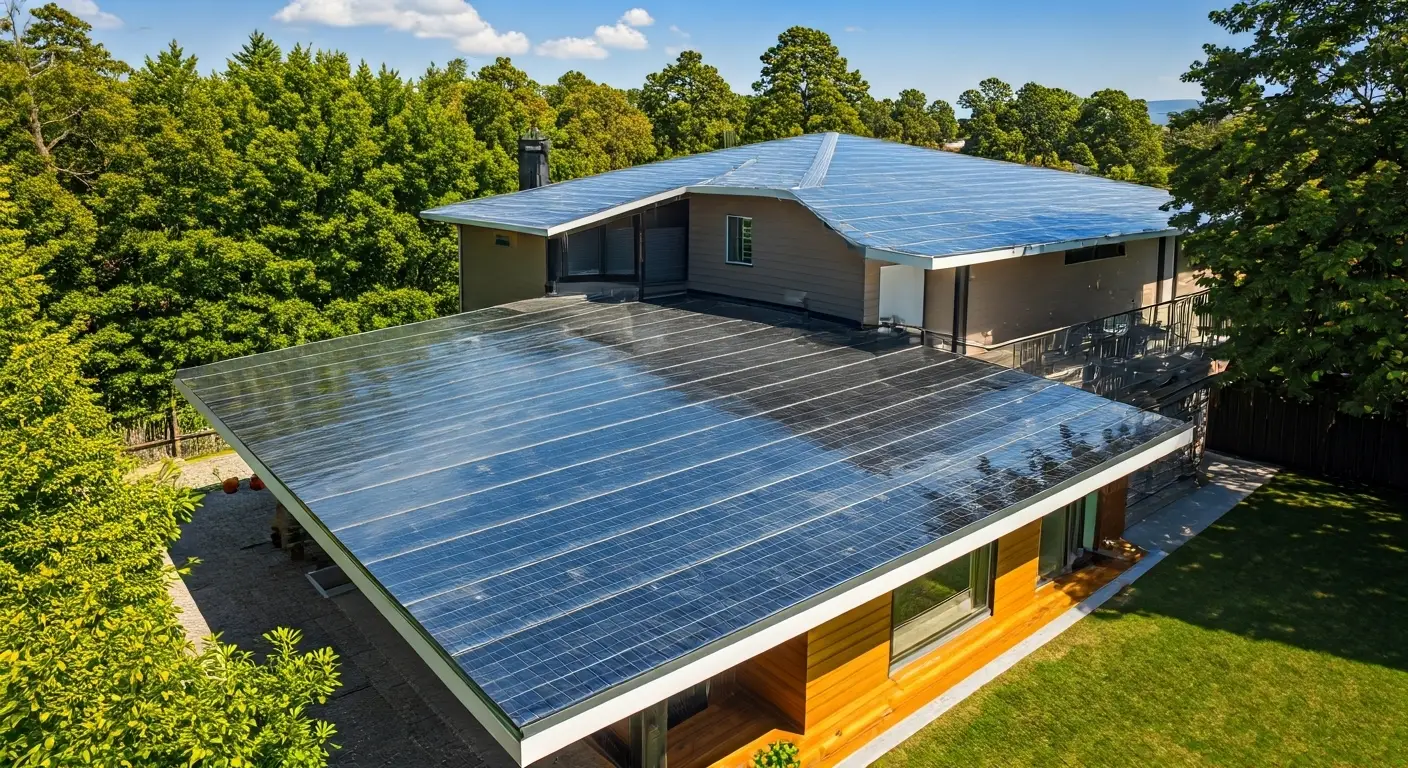
Solar Reflective Roofing: Save on Cooling Costs
The decision to invest in solar reflective roofing from Shield Roofing in San Antonio, TX, represents a strategic move towards enhanced energy efficiency and sustainability.
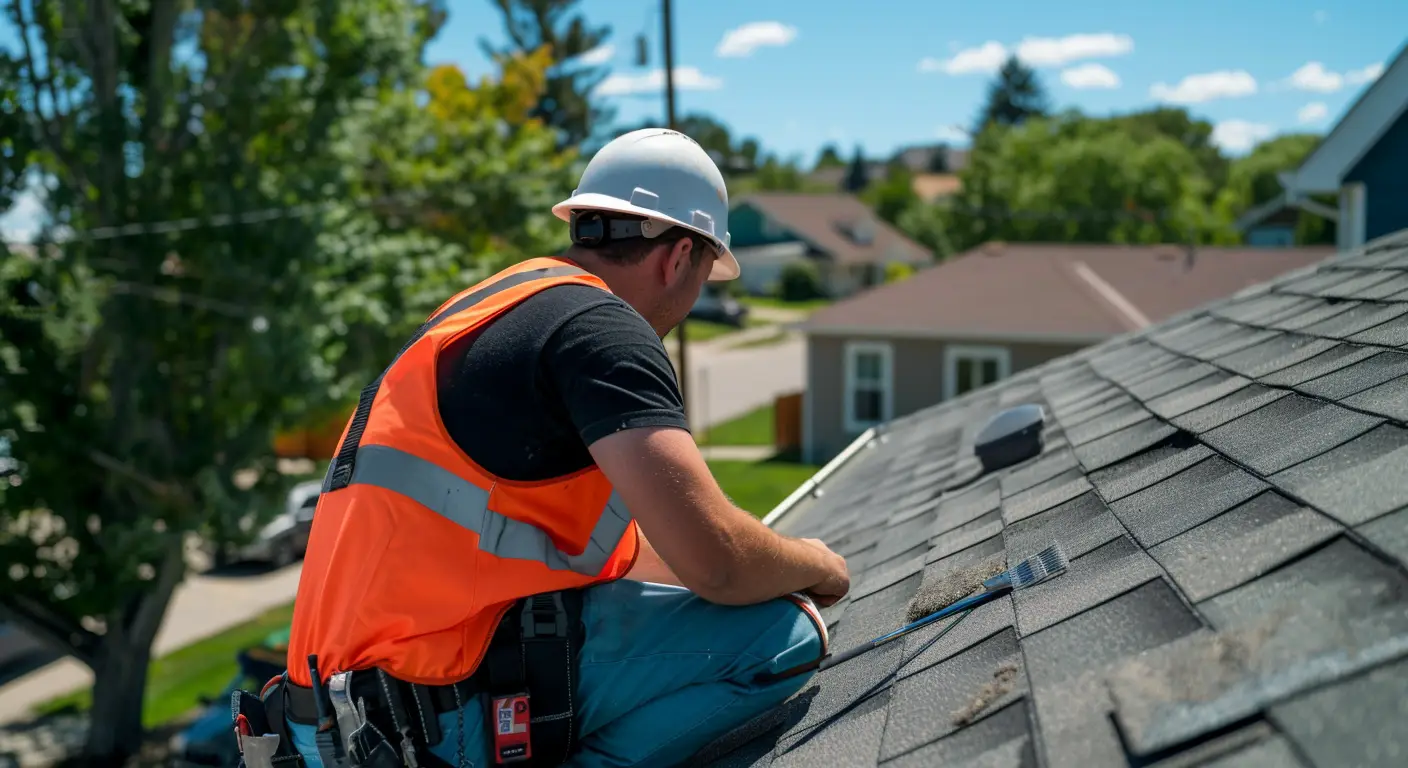
Benefits of Periodic Professional Roof Inspections
Your roof serves as the first line of defense against weather and environmental hazards, so its condition should never be left to chance. Regular professional

What a Roofing Contract Should Include: Homeowner’s Checklist
Shield Roofing knows that a roofing contract is far more than just paperwork—it’s your first line of defense as a San Antonio, TX homeowner. A

